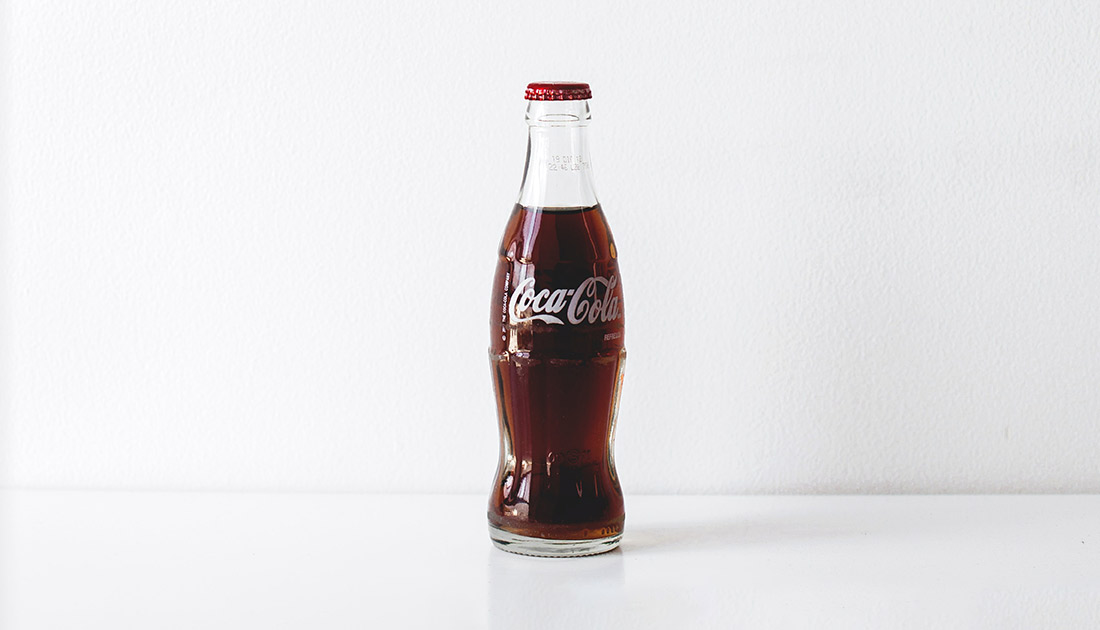How do I measure the value of my brand?
If you think this is a difficult question, you’re not wrong. A ‘brand’ is an intangible element to a business. And it’s always tricky to measure the value of something intangible.
When it comes to placing a dollar value on your brand (not your product or service), there are a few factors we can look at.
CUSTOMER’S WILLINGNESS TO PAY
According to Kyu Lee, a professor of marketing at Syracuse University’s Whitman’s School of Management — you can start to gauge the value of your brand through the customer. He uses the example of generic versus familiar brands. When you place two tubes of crisps in front of a group of consumers, one is the famed Pringles brand and the other is generic — which do you think is chosen most of the time, despite having a higher price point? That’s correct, Pringles. The same goes for chemist goods. How often have you gone up to your local pharmacy to pick up some Panadol, only to be offered the cheaper, generic store-brand option instead? And, in that instance, how often do you just go with Panadol even though it’s more expensive? If you tend to choose the higher priced, well-known brand over the more affordable generic, it’s because you have developed a trusting relationship with that brand. That is what the value of a brand is… as a starting point.
LOYALTY
When it comes to valuing a brand, Interbrand has some good measurable benchmarks. Their valuation of a brand like Coca-Cola comes in at around $73.1 billion and is based on the below elements:
- Financial performance of the branded products or services.
- The role the brand plays in purchase decisions.
- The brand’s competitive strength.
The latter two on this list really boil down to brand loyalty. How committed is your customer base to choosing your brand over competitors, every time, without question? This plays out in real-time at every purchase point. In the supermarket, or the shopping mall, luxury goods outlets and so on. Customers are faced with purchasing decisions multiple times throughout the day and if your brand is their choice without question, then it’s more valuable than someone else’s. Because your customers will choose it every single time.
RECOVERABILITY
This measurable element is best described through story. In the 90s, Coca-Cola’s then-CEO Douglas Ivestor decided that he could manipulate the price of their product based on the need for it. So, in hotter climate regions — the product was more expensive. They tested this out through vending machines that would alter the price-point based on the weather and their ‘desire’ for the product. His theory was that people loved the product so much, they would pay more for it in these circumstances because he saw that the value would be higher when the ‘need’ for it is too. Unfortunately he was wrong and Coca-Cola received a huge social backlash for this exploitative test, the price adjusting vending machines were discontinued and that CEO was swiftly replaced with a new one. However, the point worth noting here is that despite this global blunder and publicity nightmare — many years down the track this brand still holds its place as one of the world’s strongest (up there with Apple and Google). Despite this, changes in government health standards (which would alter the recipe of the product) and various other evolving environmental circumstances, Coca-Cola is on the same par value-wise as huge tech giants who actually bring irreplaceable value to people’s lives and businesses with their products. Many CEOs would put a monumental price on that kind of insurance policy when it comes to recovering from PR crises, or the like.
PARTNERSHIP PRICING
Finally, a great way to determine the value of a brand is to simply ask another brand. How much are they willing to pay to use your brand name on a product of theirs? How much is a collaboration or partnership worth to them? We see this often with huge brands like LEGO and Star Wars. A new Star Wars film comes out and so too does a collaborative set of Star Wars LEGO based on the latest adventures of Luke Skywalker, Darth Vadar and Princess Leia. Each time this happens, LEGO has to pay to use the Star Wars name and it’s worth it. Because what kid doesn’t want Star Wars LEGO? Who hasn’t heard of Star Wars? The answer to both of those questions is — a very minimal number of the global population in the Western or developed world.
At the end of the day here, both parties have to agree on a tangible dollar value for the use of their brand name(s). And therein lies the value of that brand, to that partnering company.
While the value of a brand isn’t black and white it’s clear there are many ways to explore it. The main takeaway being that brand is critical in the long term value creation and success of your business. Creating a strong brand doesn’t happen overnight. It happens by first clearly defining your brand and then making sure that the multitude of decisions that happen day in and day out are aligned with that definition.


